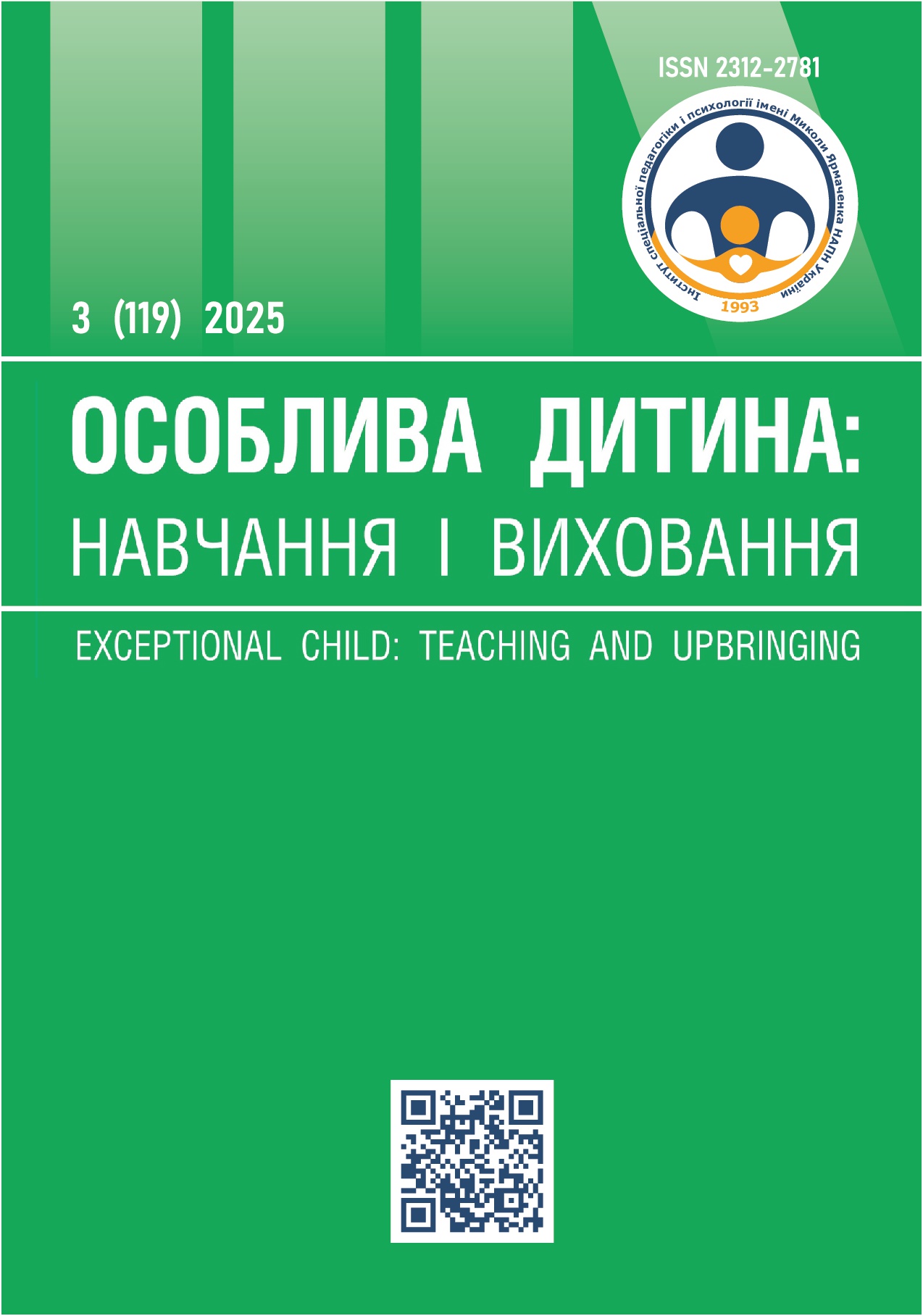GENDER DIFFERENCES IN THE IDENTIFICATION OF DYSLEXIA IN SCHOOL-AGED CHILDREN
Abstract
The article presents a review of scientific publications examining gender-specific manifestations of dyslexia and their impact on diagnostic and pedagogical practice. The relevance of the study is determined by the need to improve the effectiveness of identifying dyslexia in girls of primary and middle school age, who often remain unnoticed by specialists due to the particular course of the disorder. The review summarizes research findings that highlight morphological, cognitive, and behavioral differences between boys and girls with dyslexia, and outlines a number of factors that hinder the timely identification of girls with specific reading and writing disorders. These include: the predominance of boys in research samples; the focus of diagnostic tools on clearly expressed rather than variable or compensated forms of the disorder; sociocultural expectations regarding girls’ behavior in school settings; and a lack of attention to difficulties not accompanied by overt behavioral or speech problems. The article emphasizes the pedagogical consequences of such diagnostic bias: girls with dyslexia are less likely to receive timely support and are not always included in the category of children with special educational needs, despite having evident difficulties in reading and writing. The paper outlines directions for further research related to the development of diagnostic tools sensitive to gender-specific features and the creation of support systems adapted to the needs of girls with dyslexia in inclusive educational settings.
References
Особлива дитина: навчання і виховання. №3(119). 2025. с. 111-119


